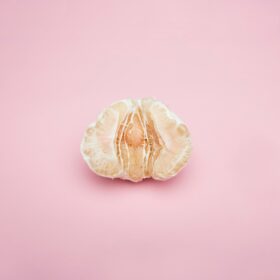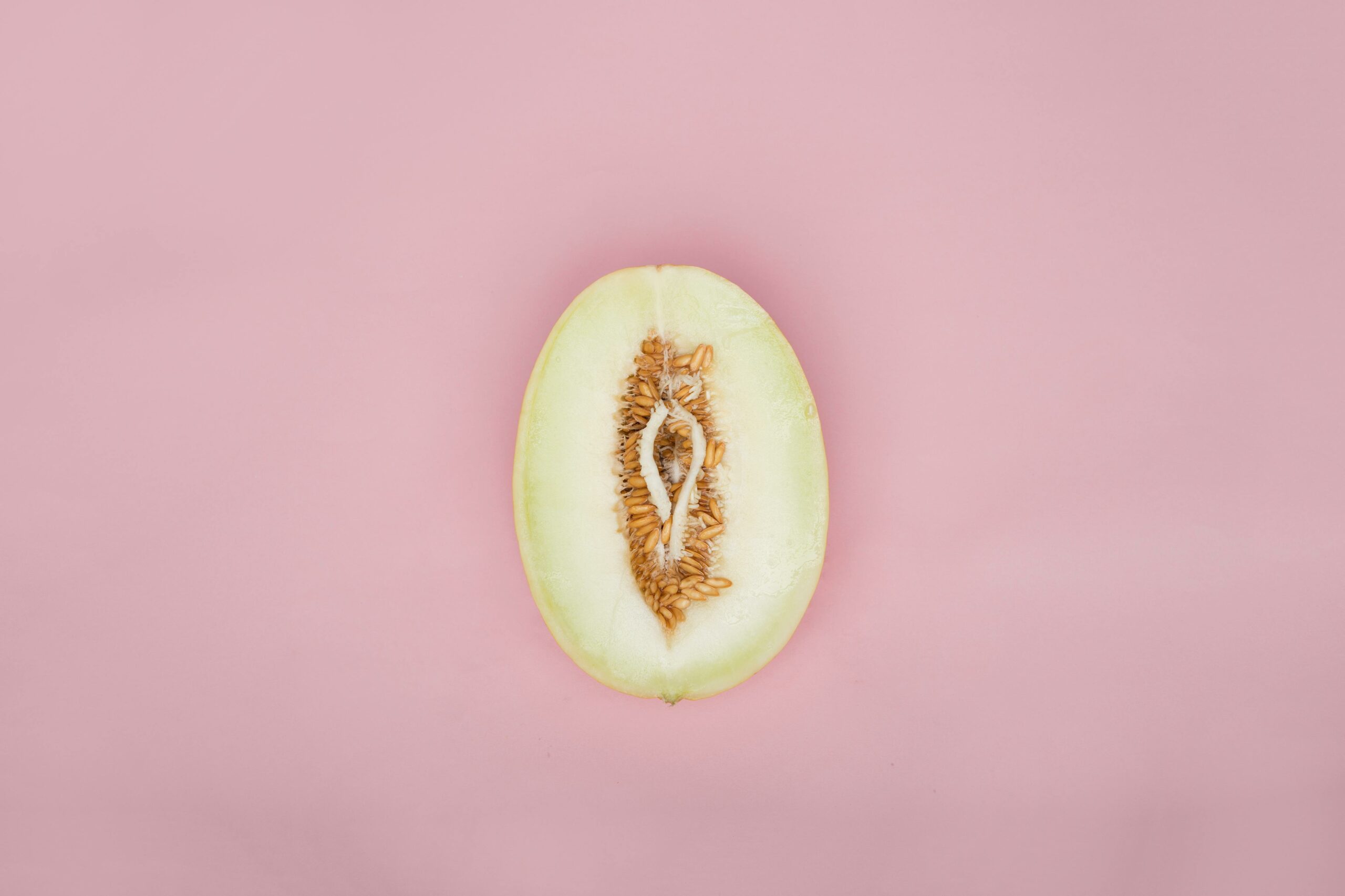
The Vaginal Microbiome and Your Risk of Vaginal Infections
In this article
What's the lowdown?
The vaginal microbiome is a unique collection of bacteria, yeast and viruses (and other microorganisms) found in your vagina
The balance and type of bacteria in your vagina can alter your vaginal health and it’s pH level (how acidic or alkaline your vagina is)
Each person’s vaginal microbiome can be grouped into a “community-type” which best describes it’s individual make up
Different community types have different levels of protection against infections. Some are more protective against infections, whilst other types mean you have a higher risk of infections.
Disclaimer: This article was contributed by ScreenMe, but just like all of our other content, this has been reviewed by our medical team. See our Content Policy for more details.
Understanding the intricate role of the vaginal microbiome is crucial for maintaining overall vaginal health. Research increasingly highlights its significant impact on various health aspects, including infection risk, disease, fertility, pelvic health, and more. This article focuses specifically on how the vaginal microbiome influences your risk of infections.
What is the Vaginal Microbiome?
The vaginal microbiome is a complex community of microorganisms, including bacteria, yeast, viruses, and fungi, living in your vaginal environment. The specific composition and balance of this microbiome are essential for protecting your intimate health and well-being. The relative amounts of each bacterial species present determine what is dominating and thus impacting your vaginal health.
Role of the vaginal microbiome in infection risk
Among the various bacteria residing in the vagina, Lactobacilli are the most crucial. These beneficial bacteria produce lactic acid and hydrogen peroxide, maintaining the vaginal pH (a measurement of how acidic something is) at around 3.8-4.5. This acidic environment inhibits harmful pathogens (bugs or germs) like Candida (which causes thrush) from growing. The good bacteria Lactobacilli also help fight infections such as thrush and bacterial vaginosis (BV).
Types of Lactobacilli and their impact
Different Lactobacilli species can dominate your vagina, each with unique traits influencing the level of protection from infection they provide. The different species and how many of each you have are divided into groups called “community-state types”. The five main community-state types (CSTs) are:
| CST 1 | Dominated by Lactobacillus crispatus (Protective, Highly acidic, Reduced infection risk) |
| CST 2 | Dominated by Lactobacillus gasseri (Protective, Highly acidic, Reduced infection risk) |
| CST 3 | Dominated by Lactobacillus iners (Unstable, Less acidic, Higher infection risk) |
| CST 4 | No Lactobacillus dominance (Not acidic, High infection risk) |
| CST 5 | Dominated by Lactobacillus jenseni (Protective, Acidic, Reduced infection risk) |
The composition of your vaginal microbiome, including the species present and their relative amounts, is critical in determining your infection risk.
Common infections influenced by the vaginal microbiome
Bacterial Vaginosis (BV)
Bacterial vaginosis affects about 35% of people with a vagina1 and is caused by an imbalance in vaginal bacteria. This imbalance leads to a decrease in ‘good’ Lactobacillus species and an overgrowth of ‘bad’ anaerobic bacteria like Gardnerella vaginalis and Atopobium vaginae. Notably, 50%2 of women with BV do not exhibit symptoms.
Sexually Transmitted Infections (STIs)
An imbalanced vaginal microbiome increases the likelihood of STIs, such as chlamydia and gonorrhoea. A high percentage of Lactobacillus species in a balanced microbiome protects against STIs by producing antimicrobials that destroy STI bugs, preventing STI bugs from sticking to and infecting our cells, and maintaining an acidic pH.
Thrush (Yeast Infection)
Thrush occurs due to an overgrowth of a yeast called Candida, like Candida albicans. It causes itchiness, swelling, redness, and thick white discharge. The vaginal microbiome prevents Candida overgrowth by maintaining acidity, occupying space on the vaginal lining, and regulating the local immune response.
Urinary Tract Infections (UTIs)
UTIs are common, with up to 70% of women experiencing one in their lifetime.3 Symptoms include painful urination, frequent urgency, and lower abdominal pain. A healthy vaginal microbiome dominated by Lactobacillus species can prevent UTIs by inhibiting the growth of pathogenic bacteria like E. coli and Staphylococcus species.
Further Health Implications
A chronically imbalanced vaginal microbiome can lead to poor pelvic health, increased disease risk, and fertility issues, including recurrent miscarriage, preterm birth, and IVF success rates. For more detailed information on these topics, visit ScreenMe’s blog page.
Maintaining the balance and composition of the vaginal microbiome is crucial for preventing vaginal infections. A healthy microbiome, dominated by Lactobacillus species, helps protect against bacterial vaginosis, yeast infections, UTIs, and STIs. Understanding and supporting your vaginal microbiome is therefore essential for overall vaginal health.
Discover Your Vaginal Microbiome with ScreenMe
Our medical review process
This article has been medically reviewed for factual and up to date information by a Lowdown doctor.





